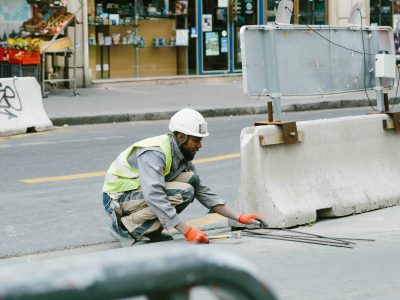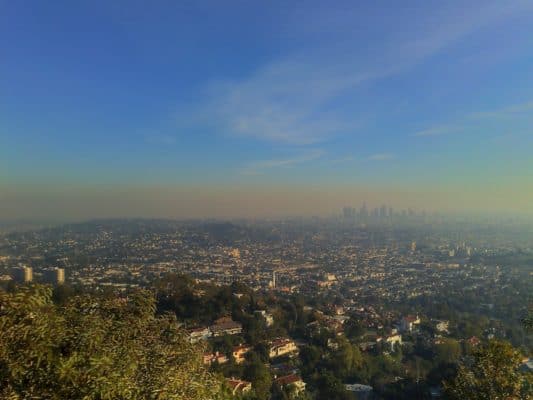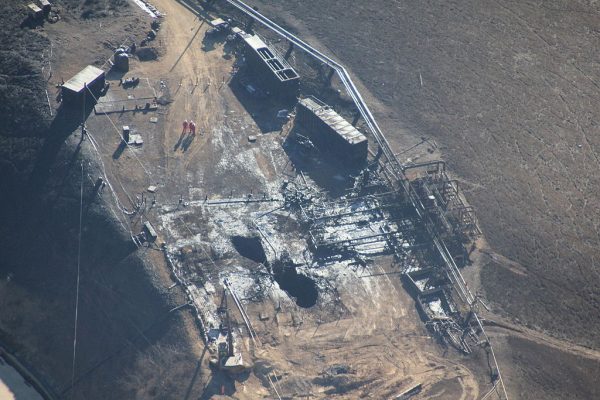ABSTRACT
Heat is a well-recognized hazard for workers in many outdoor settings, yet few investigations have compared the prevalence of outdoor work at the community level and rates of heat-related mortality and morbidity. This analysis examines whether heat-related health outcomes occur more frequently in communities with higher proportions of residents working in construction, agriculture, and other outdoor industries. Using 2005–2010 data from Los Angeles County, California, we analyze associations between community-level rates of deaths, emergency department (ED) visits, and hospitalizations during summer heat events and the prevalence of outdoor work. We find generally higher rates of heat-related ED visits and hospitalizations during summer heat events in communities with more residents working outdoors. Specifically, each percentage increase in residents working in construction resulted in an 8.1 percent increase in heat-related ED visits and a 7.9 percent increase in heat-related hospitalizations, while each percentage increase in residents working in agriculture and related sectors resulted in a 10.9 percent increase in heat-related ED visits. The findings suggest that outdoor work may significantly influence the overall burden of heat-related morbidity at the community level. Public health professionals and healthcare providers should recognize work and employment as significant heat risk factors when preparing for and responding to extreme heat events.
Link to full article: https://doi.org/10.3390/ijerph15040580







